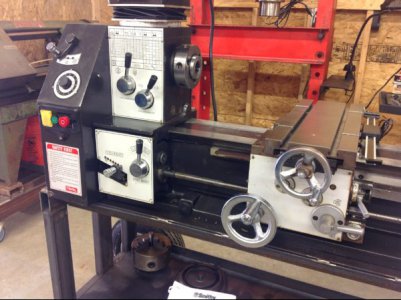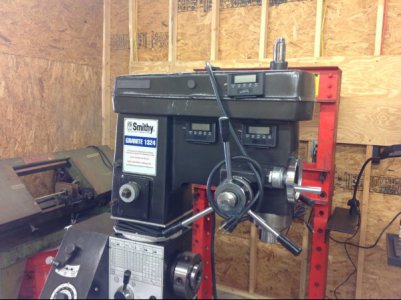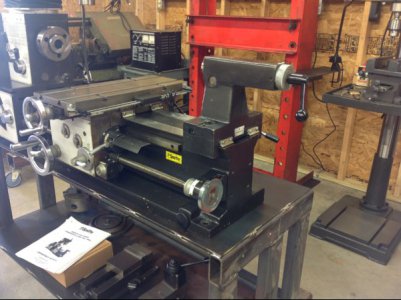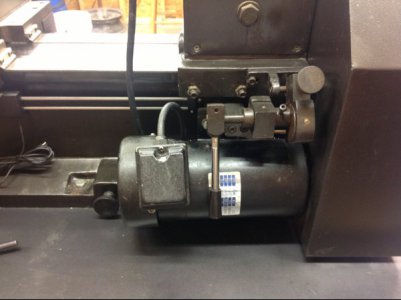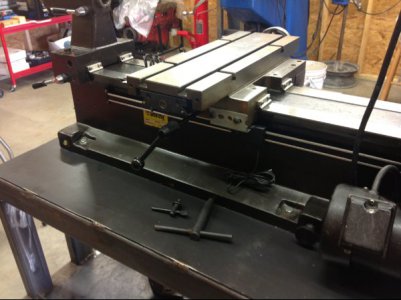- Joined
- Nov 16, 2012
- Messages
- 5,596
Because of another thread going on now, I noticed that DROs are in the $200 price range. Pretty sure I paid about $650 on my mill many years ago. At these new prices, it's tempting to put DRO on the lathe but, I've been doing fine without it and don't know if it's worth rocking the boat. I have an iGaging "DRO" on the Z axis which gets me in the ballpark then, calipers & mics for fine-tuning.
For me anyhow, it seems that operating the lathe and mill is half art and half science. When it gets right down to those last couple cuts and the grande-finale finish pass, it's all art at that point. Does a DRO really help that part of things?
Does anyone out there have any convincing thoughts/opinions why I should try DRO on the lathe?
Ray
For me anyhow, it seems that operating the lathe and mill is half art and half science. When it gets right down to those last couple cuts and the grande-finale finish pass, it's all art at that point. Does a DRO really help that part of things?
Does anyone out there have any convincing thoughts/opinions why I should try DRO on the lathe?
Ray


